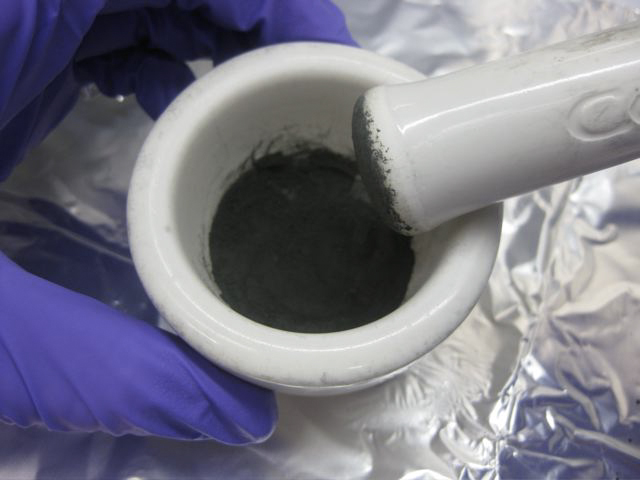Extraterrestrial vitamins smash into Earth
May 5, 2014
A recent study has identified vitamin B-3 in meteorites from an asteroid as old as the known solar system, supporting theories that some of life’s molecular building blocks could have traveled through space to Earth through interstellar meteor impacts.
The study, slated for publication July 1 in the journal Geochimica et Cosmochimica Acta, was conducted at NASA’s Goddard Center for Astrobiology and found vitamin B-3 traces present in samples from interstellar carbon-rich meteorites that had collided with Earth.
“We’re trying to explain the occurrence [and origins] of vitamin B-3 in meteorites and determine if these molecules can be made under interstellar conditions,” said Karen Smith, a NASA postdoctoral fellow and lead author of the study.
Smith said her team examined a type of meteorite called a CM-2 carbonaceous chondrite. These meteorites have been shown to contain amino acid nucleobases, which are found in DNA. Smith said the findings contribute to a list of biological molecules that can be found in meteorites.
However, some are skeptical of the degree to which the extraterrestrial vitamin B-3 may have aided early microbial life on Earth. According to Sandra Pizzarello, a professor emeritus and research professor in Arizona State University’s Biochemistry Department, meteorite samples can be easily contaminated by bacteria and microbes on Earth.
Pizzarello said she led a team in 2001 that identified vitamin B-3 in a meteorite from Tagish Lake in Canada. Pizzarello said contamination of a meteorite can make it difficult for reasearchers to determine which components and substances originated in outer space.
Smith responeded that the likelihood of all samples being contaminated by Earth molecules and bacteria taken from eight different meteorites is low.
“All of these meteorites were collected down in Antarctica, which is a good spot to find them because they are essentially preserved in the ice,” Smith said. “There is [microbial life] in Antarctica, but it’s much less than if the meteorite had landed in a pasture or somewhere like the Amazon where we would[be able to] see all kinds of biological contamination.”
Vitamin B-3 was identified in meteorites along with its structural isomers—different forms of the same organic compound that bond together in different orders—which researchers typically only see when the molecule is created without the presence of life, according to Smith.
Smith said she doubts biological contamination was a source of vitamin B-3 because the presence of the vitamin depends on how much the asteroid parent body was altered by liquid water, a phenomenon called aqueous alteration. The more aqueous alteration an asteroid had undergone, the less vitamin B-3 was present in its meteorites, Smith said.
According to Alissa Bans, an astrophysicist and postdoctoral astronomer at the Adler Planetarium in Chicago, some of these ancient organic materials were present in the dust clouds that eventually formed stars and solar systems, making it likely that many of them were somehow preserved in comets and asteroids.
“Astronomers for decades now have been discovering these sorts of organic materials,” said Bans.
The second component of Smith’s research focused on recreating the deep-space conditions under which the vitamin B-3 would have been formed.
At NASA’s Goddard Cosmic Ice Lab, Smith and her colleagues created a low-pressure, low-temperature environment to allow them to combine pyridine and carbon dioxide, the two components of vitamin B-3.
“You get these icy dust grains in interstellar space that are constantly being bombarded by high-energy particles,” Smith said.
The team wanted to show that if the ice grains could produce a substance similar to vitamin B-3, the grains might mix into the meteorites, Smith said.
According to Bans, ice offers a good surface for organic molecules to form on.
“[Compounds] like this likely formed outside of what astronomers call the ‘snow line,’ which is where water ice can actually exist in space,” Bans said. “A lot of the material we’re seeing now contaminated early earth when we were being bombarded by collisions.”








